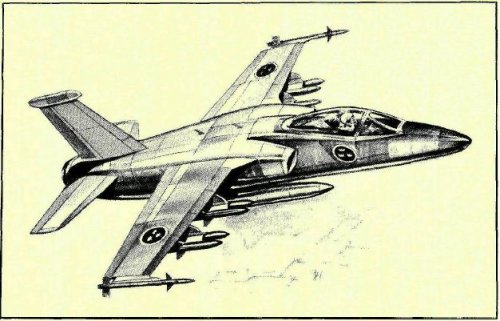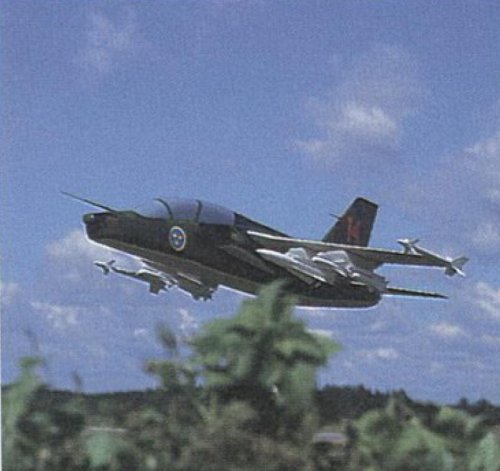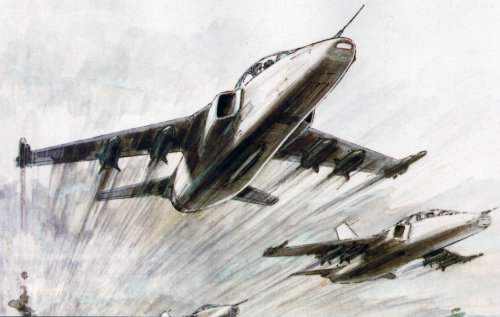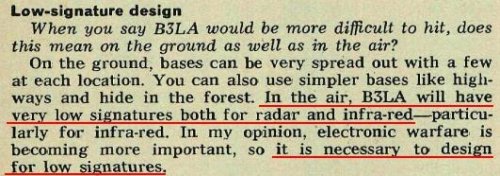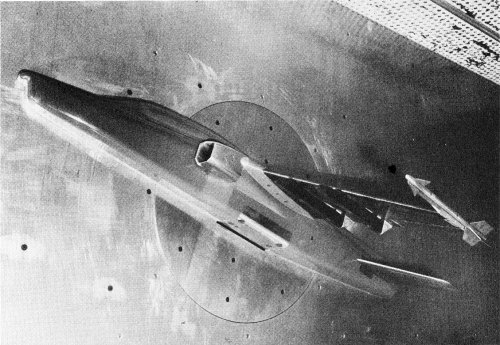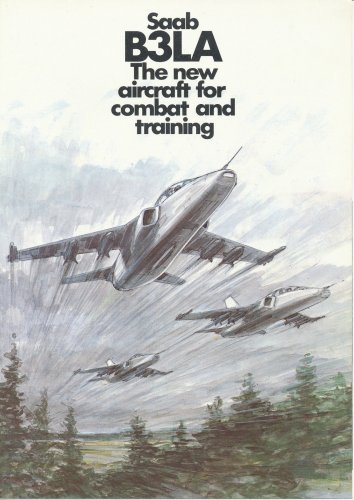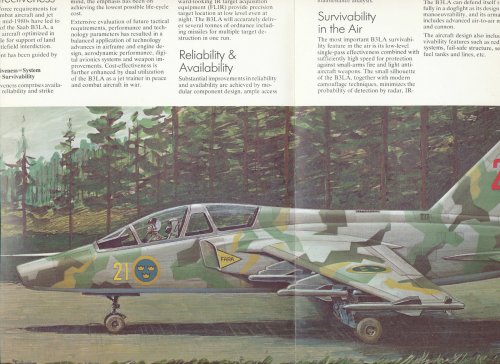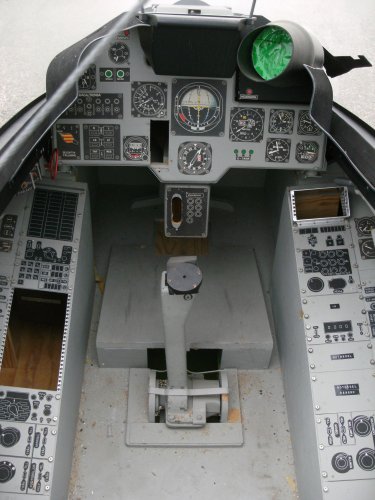- Joined
- 27 December 2005
- Messages
- 16,773
- Reaction score
- 20,968
Estimated specs from Flight International, 7 October 1978
Length: 41ft
Span: 33ft
Wing gross area: 240 sq ft
Empty Weight: 8,800lb
Internal Fuel weight: 3,300lb
Clean takeoff weight: 12,500lb
Maximum payload: 6,600lb
Max takeoff weight: 19,000lb
Max wing loading: 79lb/sq ft
Powerplant: 1 x RB199
Static thrust: 8,500lb
Almost 20% of the structure was planned to be carbon-fibre, as indicated on the drawings below.
Length: 41ft
Span: 33ft
Wing gross area: 240 sq ft
Empty Weight: 8,800lb
Internal Fuel weight: 3,300lb
Clean takeoff weight: 12,500lb
Maximum payload: 6,600lb
Max takeoff weight: 19,000lb
Max wing loading: 79lb/sq ft
Powerplant: 1 x RB199
Static thrust: 8,500lb
Almost 20% of the structure was planned to be carbon-fibre, as indicated on the drawings below.








